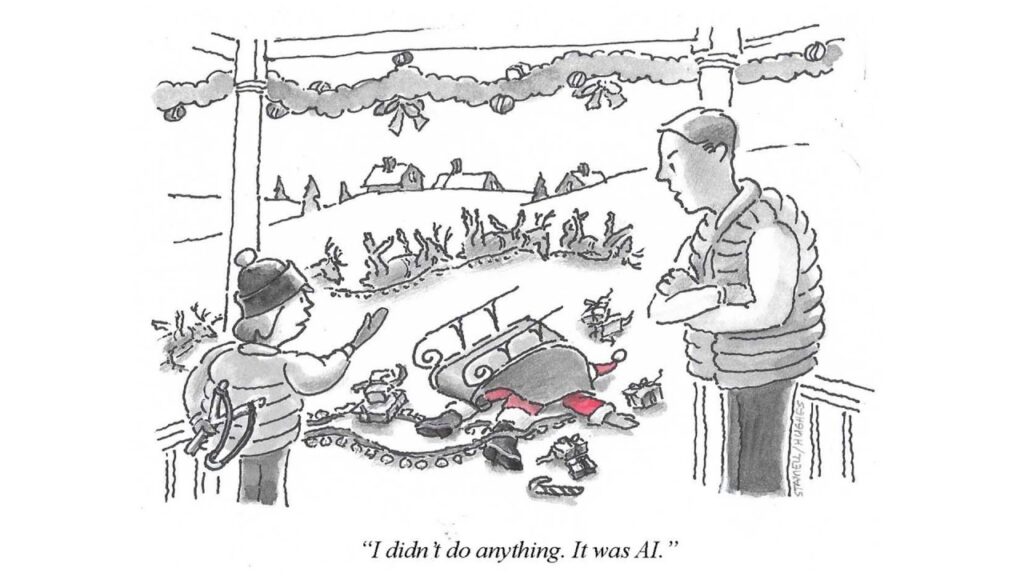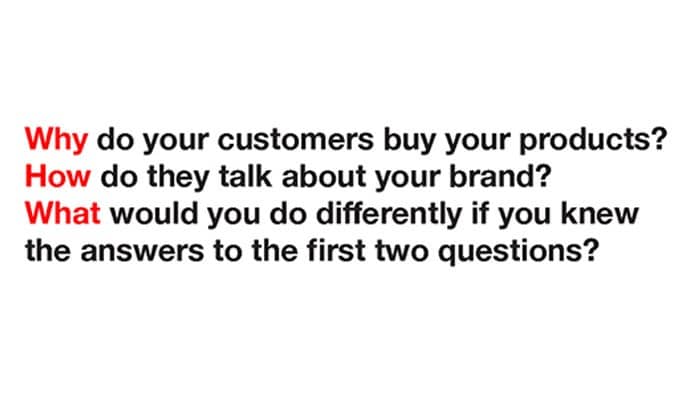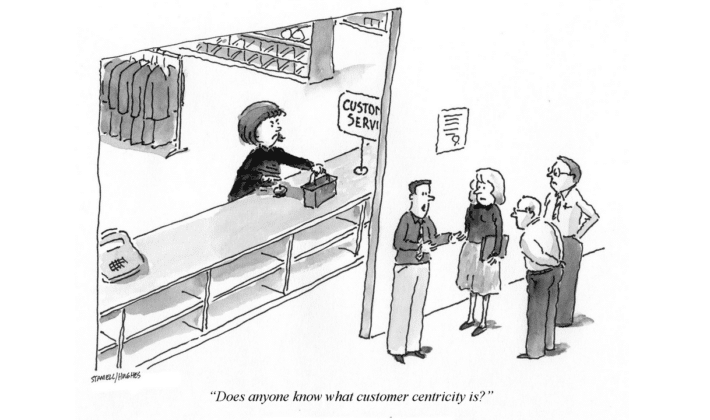Did Santa bring us an AI calamity?

Now that the holidays have passed, we can confront the present and future of AI. The future is bright. The present, for some uses, is dismal. You may choose to disagree and, like me, you probably received dozens of prediction emails for 2024 announcing that if 2023 was the year we discovered AI, 2024 will be the year it takes over many of the business functions we do every day.
The chart below shows that nearly a third of B2B marketers are using AI for chatbots, coding, design, content, presentations and productivity. We use it ourselves on our platform for content and design and are developing functionality that will analyze thousands of verbatim responses to open-ended questions.

In marketing, AI finds its uses most commonly in writing emails, creating content and directing social media. In both email and content creation, it’s pretty easy to tell what is written by AI. Emails that begin with compliments out of the blue such as “I’ve always admired what you do” or “You’re clearly a leader in your field” are tell-tale signs. Using word combinations like “synergize cross-functional teams”, “catalyze disruptive innovation”, or “strategically pivot to capitalize on emerging market dynamics” are dead giveaways. The problem is that language like this is not conversational. People don’t talk like AI. AI has no empathy, sensitivity or understanding. It has no inherent point of view. This is not to say it can’t help but anyone who thinks AI can replace a person editing what goes to customers or associates is only fooling themselves.
The same is true for content generation. Here’s an example: I found a story about the development of the eyeglass brand, Warby Parker, that covers the inspiration that the founder had in developing the company. I asked ChatGPT to summarize it in 75 words, a task that’s often needed for newsletters that get emailed to customers. Here’s what it delivered:
“Warby Parker, founded by Wharton MBA students, disrupted the eyewear industry by offering stylish, affordable glasses online at $95. A GQ article likening it to the “Netflix of eyewear” propelled its popularity, resulting in a 20,000-person waitlist. Despite a website oversight, the company’s commitment to customer service set a positive tone. Warby Parker’s distinct features included an online model, affordable pricing, a home try-on program, and a philanthropic pledge to donate a pair for every purchase.”
There’s nothing incorrect in that description except that it has no human voice or POV and that makes it completely uninteresting. A little editing can fix that, still get the salient points across, and even get the reader to click to get the full inspirational story.
There’s an old saying that “lazy thinking begets lazy writing”. AI isn’t a lazy writer. It will run forever but it has no original thought. It can only apply its algorithms to what you give it and related language that has helped it learn in the past. But that means it can make mistakes, generate stilted language and misunderstand intent.
I’ve focused on writing and content creation but before applying AI to other tasks like coding, design and presentations, it’s worth taking a second or third look at the final product before it goes out.
Finally, I asked ChatGPT for “10 predictions for 2024” followed by “10 fun predictions” for the year.

With only the addition of one word, the list comes out completely different and while it produced an entertaining list, it’s an example of the care that needs to go into using AI.
A lot of marketing platforms are encouraging the use of AI. As ours gives you so much information about the interests, needs and perceptions of your customers, you’ll make fewer mistakes as you’ll have a lot more information to work with.
Want to see how learning the interests, needs and perceptions of your customers can positively impact your marketing and make even AI better? Contact us for a platform demo.



